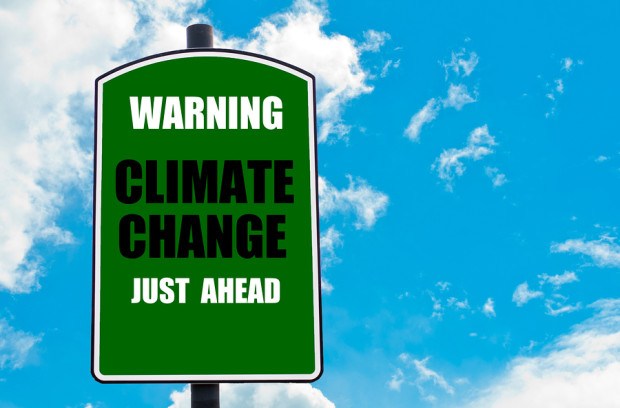After one of the worst Atlantic hurricane seasons in history, the world’s biggest insurers say the industry needs to get its act together if it wants to survive climate change.
Insuring against weather natural disasters could reach unaffordable levels for households and companies, while the potential damage is so unpredictable it may be impossible to model — an unacceptable risk to insurers.
“Sometime in the future there will be the situation where people cannot afford any longer to buy catastrophe insurance — this is what we want to avoid,” Ernst Rauch, the head of the Corporate Climate Centre at Munich Re. The world’s largest reinsurer suffered a 1.4 billion-euro ($1.63 billion) loss after hurricanes Harvey, Irma and Maria sent claims soaring.
Contrary to Warren Buffett’s view that climate change will spur demand for coverage and boost profit at his insurance companies, the risk is the opposite unfolds as shifting weather patterns render disaster-prone areas uninsurable. Finding ways to prevent this is on the agenda of United Nations-backed climate talks in Bonn, Germany this week.
The onus of bearing the expense of rebuilding after hurricanes, floods and earthquakes already falls disproportionately on governments.
Insurers are on the hook for only about 10 percent of $75 billion of damage in Texas caused by flooding after Hurricane Harvey, according to AIR Worldwide. That’s because most standard U.S. home insurance policies don’t cover flooding covered by most policies. It’s a similar story in Fiji, hit last year by its worst cyclone ever, where less than one in ten people own insurance.
“It’s a big concern of Swiss Re that there’s such a huge gap between the economic losses and what is insured,” said Peter Zimmerli, the head of atmospheric perils at Swiss Re, the second-biggest reinsurer. “Some of the signals of global warming are just there — they can’t be debated any more.”
Becoming ‘Obsolete’
Climate change is causing temperatures to get warmer, sea levels to rise and natural disasters to get more severe, trends that are set to worsen as the planet keeps heating up, according to scientists at the International Panel on Climate Change.
Insurers haven’t kept up with the shifting tides because they still assess future risk based on what’s happened in the past, according to Tom Herbstein, who runs an industry backed insurance project called ClimateWise at the University of Cambridge. As conventional insurance gets pricier, communities may opt to invest in risk mitigation instead, he said.
“We’re living in a world where risk is growing exponentially,” said Herbstein. “Climate change fundamentally challenges the existing insurance business model because it is rendering actuary analysis in many places obsolete.”
Steps to adapt to the new normal are under way. At this week’s talks in Germany, the G7 will discuss a plan to increase access to direct and indirect insurance coverage against climate changed to as many as 400 million people in developing countries by 2020.
Swiss Re’s Zimmerli pointed to parametric insurance, which pay out predetermined sums in the event of disasters, as a way of making catastrophe policies more widely accessible. Swiss Re backed such a plan in China that allows people living in coastal provinces susceptible to typhoons to buy coverage on their mobile phones, eliminating administration costs. If a storm strikes, they need to only upload a photo of the damage to trigger payment.
U.S. insurers have been slower to adjust in part because the issue is so politicized, according to Cynthia McHale, director of insurance at Ceres, a sustainability advocacy group in Boston. President Donald Trump denies climate change exists and has pulled America out of the Paris climate accord.
That attitude needs to change if the industry wants to be ready for the likelihood that climate change will cause more frequent super storms, according to Rauch at Munich Re.
“Those who deny something is changing in our atmosphere will have a bigger problem in the future because they don’t see the need for adaptation,” he said. “Our American clients understand the numbers. Maybe they don’t want to hear about climate change, but they look at the numbers and the numbers speak for themselves.”





















 California Workers Comp Combined Ratio for 2024 Highest in 20-Plus Years
California Workers Comp Combined Ratio for 2024 Highest in 20-Plus Years  Surge of Supercharged Hurricanes Prompt Call for Cat 6 Classification
Surge of Supercharged Hurricanes Prompt Call for Cat 6 Classification  Why ‘Good Enough’ Is Killing Insurance: The Hidden Cost of Satisficing
Why ‘Good Enough’ Is Killing Insurance: The Hidden Cost of Satisficing  Why the Middle Market Matters and How Insurers Can Capture It
Why the Middle Market Matters and How Insurers Can Capture It 








